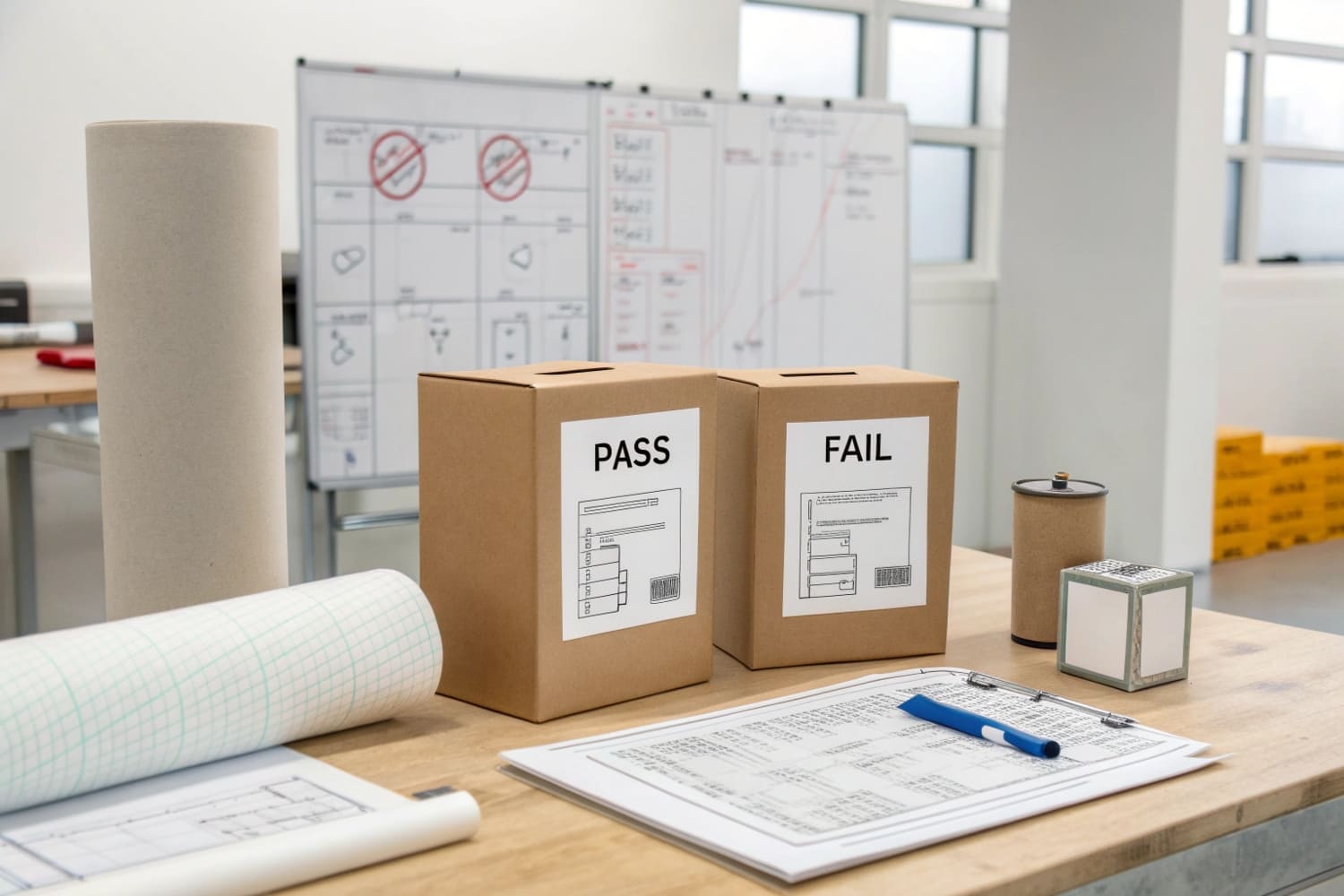I once lost a big retail order because the boxes fell apart in transit; that pain pushed me to master quality checks and chase the perfect carton, so you do not repeat my mistake.
The best packaging box combines certified materials, precise printing, and stress-tested structure; I confirm these factors early, demand proofs from suppliers, and reject any carton that fails load or drop tests.
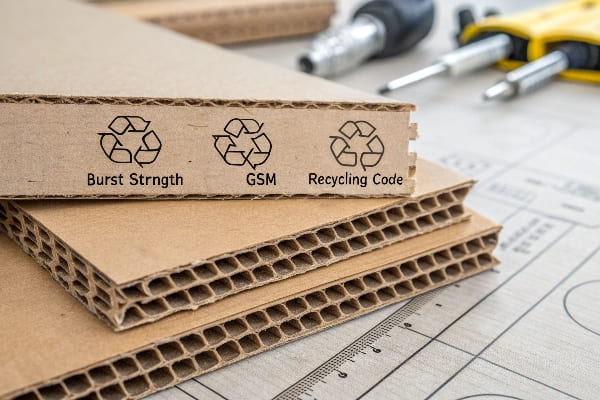
If you sell heavyweight tools or fragile cosmetics, stay here; the next sections show my simple tests, field notes, and supplier tactics that save money and protect brand trust.
What is the best quality packaging?
Every buyer wants a box that looks premium and survives rough travel, yet many trust supplier photos and skip deeper checks; that gamble often ends in costly returns.
A best-quality package blends strong virgin fibers, food-grade inks, tight humidity control, and proof of ISO9001 or FSC audits, all shown before mass production starts.
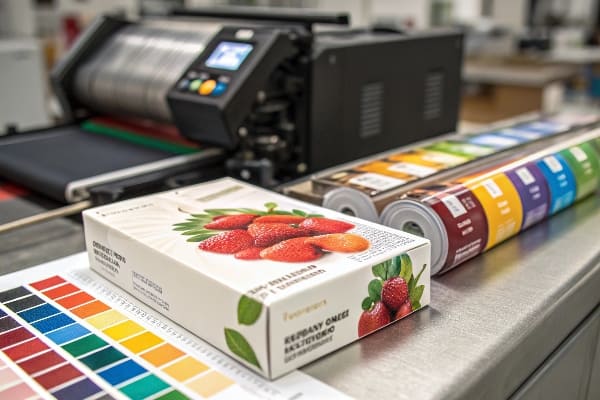
Key Elements and Practical Proof
When I inspect a factory in Shenzhen, I keep a small toolkit: hygrometer1, micrometer, and a pocket knife. First, I slice an edge and count flute layers; triple-wall means true heavy-duty. Next, I read their moisture log—good plants track 8-12 % consistently. Finally, I ask for the supplier’s chain-of-custody code and scan it on FSC’s site2. If any step fails, I walk away. This simple ritual raises my acceptance rate and cuts claim disputes to near zero.\
Below is the quick matrix I share with new staff:
| Checkpoint | What I Look For | Quick Field Test |
|---|---|---|
| Fiber source | Virgin or 80 % recycled | Tear a flap; long fibers sound crisp |
| Flute integrity | No crushed arches | Shine flashlight through slice edge |
| Ink quality | Food-grade, odorless | Rub with wet tissue; no stain |
| Humidity | 8–12 % | Use pocket hygrometer |
| Certification | ISO90013, FSC | Verify QR online |
These points keep my brand Popdisplay ahead when pitching to chains like Cabela’s. Clear data beats pretty brochures, and buyers respect numbers more than nice words.
How do you check the quality of a carton box?
Many importers inspect only finished goods at port; by then defects hide under stretch film and it is too late to fix them.
I check every carton early with compression, edge-crush, drop, and humidity tests, plus random fiber pull tests on the production floor.
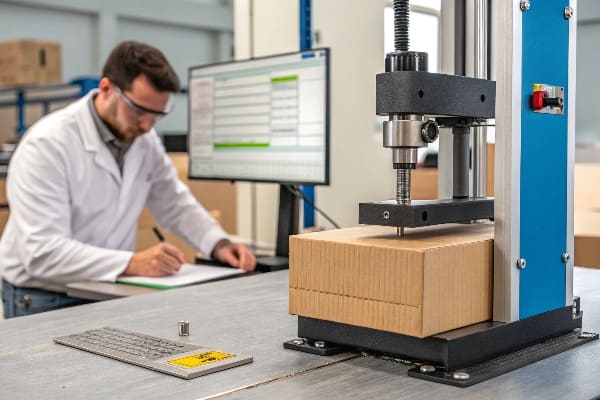
Four Simple Tests You Can Do Today
Back in my factory I built a DIY test corner. I stole the idea from a German mentor who swore by “floor-level science.” First is the compression test4: stack fifty filled boxes for twenty-four hours; any bulge bigger than 5 mm means weak flutes. Second is edge crush5: clamp a 25 mm strip vertical and apply force until collapse; acceptable minimum is 44 kN/m for double-wall. Third is the standard 1.2 m drop on all faces, edges, and corners; record dent depth. Fourth is humidity soak6: place samples in a 90 % RH chamber for six hours, then retest compression. Fail any one, and production stops.\
A short reference sheet sits on the wall:
| Test | Tool Needed | Pass Threshold |
|---|---|---|
| Compression | Pallet stack | No bulge >5 mm |
| Edge Crush (ECT) | Hand clamp + scale | ≥44 kN/m |
| Drop | Marked platform | No seam crack |
| Humidity Soak | DIY chamber | Retain 90 % strength |
These routines look strict, yet they save thousands in chargebacks. When David at Barnett Outdoors pressed me for proof last season, I filmed each test and shipped the footage; he approved the order in one email.
What is the best type of box?
Catalogs show rigid, corrugated, folding cartons, and fancy magnet boxes; choice overload can freeze decisions and delay launches.
For heavy or high-value retail items, triple-wall corrugated with water-based lamination beats all other types in strength, weight, and cost balance.
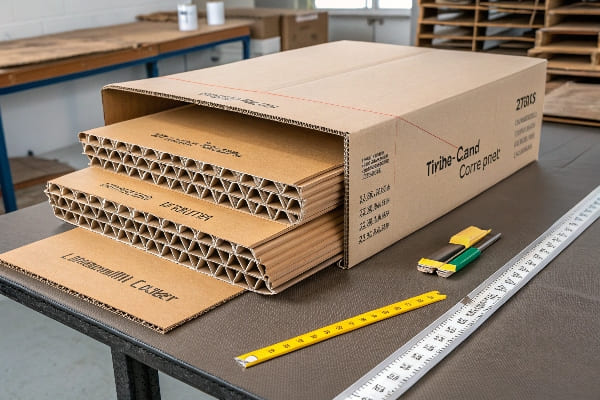
Comparing Common Box Styles
I have field-tested nearly every box style while shipping displays to the U.S., Canada, and Australia. Rigid boxes wow buyers during unboxing yet double freight cost and crack under pallet pressure. Folding carton7s look neat on shelves but hate moisture. Single-wall corrugated rides cheap goods fine yet warps after two humid weeks in Houston. Double-wall works for mid-weight tools but struggles when stacked five layers high. Triple-wall—my hero—handles 1,000 kg static load, stays light, and prints sharp when I use high-line screens. Yes, unit cost rises 12 %, but claim reduction more than covers the gap.\
Below is a blunt comparison I send to corporate buyers:
| Box Type | Max Load (kg) | Shelf Appeal | Cost Index8* | Ideal Use |
|---|---|---|---|---|
| Folding carton | 2 | ★★★★☆ | 0.6 | Light cosmetics |
| Rigid setup | 5 | ★★★★★ | 1.5 | Luxury gifts |
| Single-wall corrugated | 10 | ★★☆☆☆ | 0.7 | Fast-fashion mailers |
| Double-wall corrugated | 30 | ★★☆☆☆ | 0.9 | Medium tools |
| Triple-wall corrugated9 | >60 | ★★★☆☆ | 1.1 | Heavy gear, displays |
*Cost Index: single-wall baseline = 1.0 freight included.\
I often remind buyers that a broken box costs more than a pricier box. The math is simple: one retail return wipes out the savings of a hundred cheap cartons.
How do I choose a box?
First-time importers stare at spec sheets and still feel lost; fancy terms hide the real decision path.
I pick a box by mapping product weight, shipping way, retail display needs, and supplier’s proven strengths, then match the box that covers the worst-case scenario.
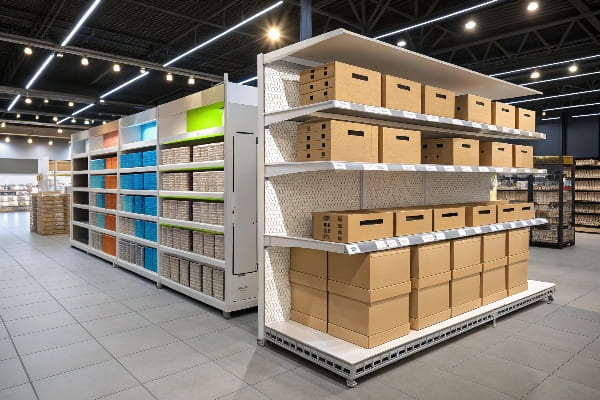
Step-by-Step Selection Guide
I use a four-question filter whenever I start a new project. Question one, “How heavy is the packed product10?” Anything above 10 kg pushes me to at least double-wall11. Question two, “Will it travel by sea, air, or ground?” Ocean voyages mean high humidity and compression; triple-wall often wins. Question three, “Is the box part of the retail display?” If yes, print quality and die-cut accuracy rise in priority. Question four, “Does the supplier show me recent test reports?” No report, no order.\
To keep everything clear, I built a small matrix that new staff can fill in ten minutes:
| Filter | Option A | Option B | Option C |
|---|---|---|---|
| Product weight | <5 kg | 5–20 kg | >20 kg |
| Transit | Air | Ground | Sea |
| Retail role | Shipping only | Back-room storage | Shelf display |
| Supplier report | Yes | Pending | No |
Once the columns line up, the box type pops out. For instance, a 12 kg hunting bow shipped by sea and displayed in store needs double-wall with glossy lamination and UV spot finishes. If the supplier cannot certify the ink, I switch vendors. This simple grid prevents guesswork and speeds quote cycles. It also impresses buyers like David, because it shows I think like an engineer, not just a salesman.
Conclusion
Choose the right carton by testing early, trusting data over photos, and matching box strength to product risk; smart checks now spare costly returns later.
Understanding how a hygrometer functions can enhance your quality control processes in manufacturing. ↩
Exploring FSC certification can help you ensure sustainable sourcing and improve your brand’s credibility. ↩
Learning about ISO 9001 can help you improve your quality management systems and boost customer satisfaction. ↩
Understanding compression tests can help improve packaging quality and reduce damage during shipping. ↩
Learn about edge crush testing to ensure your packaging meets industry standards and prevents product damage. ↩
Explore humidity soak testing to understand its role in maintaining packaging integrity under various conditions. ↩
Learn about folding cartons and how they can enhance shelf appeal while being cost-effective for light products. ↩
Understanding the cost index can help you make informed decisions about packaging and shipping costs. ↩
Explore the advantages of triple-wall corrugated boxes for heavy loads and durability, ensuring your products arrive safely. ↩
Understanding the factors affecting packed products can enhance your packaging strategy and ensure product safety during transit. ↩
Exploring the advantages of double-wall packaging can help you make informed decisions for product protection and shipping efficiency. ↩

